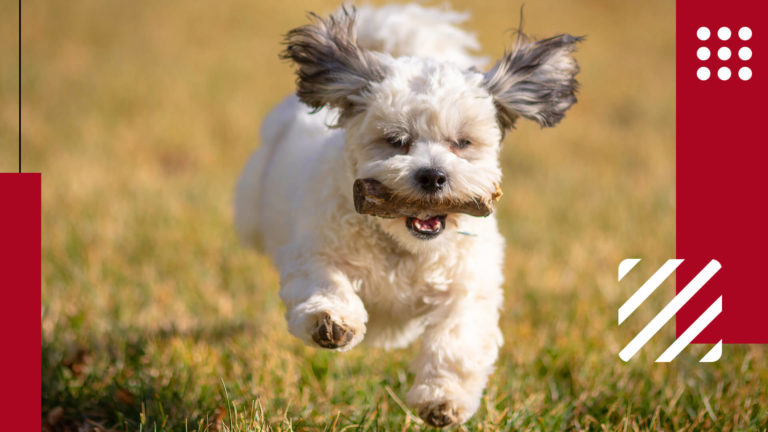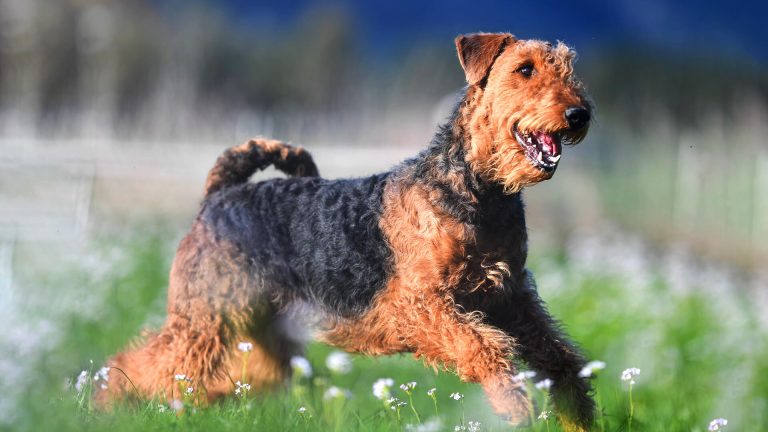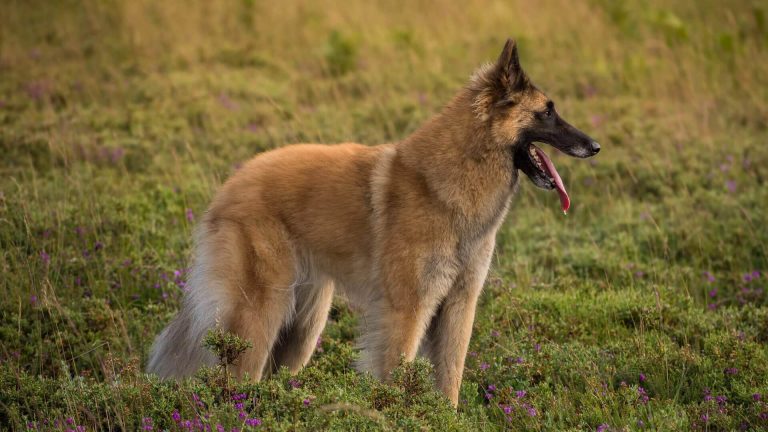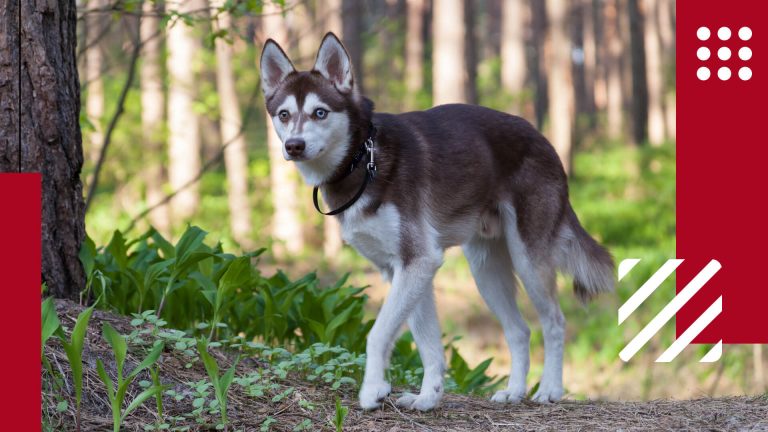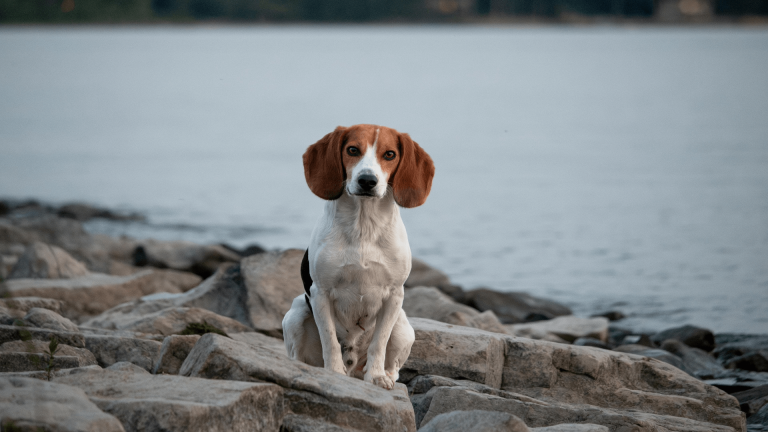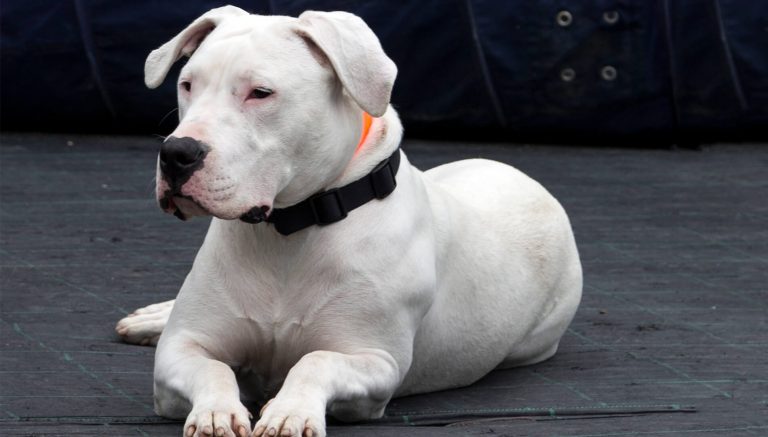The Alaskan Malamute is a breed of dog that was originally developed by the Inuit people of the Arctic region for use as a sled dog. They are thought to be descended from wolves and have been used for centuries by the Inuit to haul heavy loads over long distances in harsh, icy conditions. The breed was named after the native Malemiut Inuit tribe, who lived in the Norton Sound region of Alaska and used these dogs to hunt seals and haul sleds.
The Alaskan Malamute is known for its strength, endurance, and intelligence, and it is a popular breed for working and recreational activities such as sledding, skijoring, and weight pulling. They are also often used as search and rescue dogs and are known for their loyalty and affectionate nature.
Distinctive Features of Alaskan Malamute
| Breed Name | Alaskan Malamute |
| Lifespan | Up to 14 years |
| Size | Up to 25 inches |
| Weight | 75-100 pounds (males), 65-85 pounds (females) |
| Coat | Thick, double coat with a coarse outer layer and a dense undercoat |
| Color | Various colors including gray, black, sable, and red |
| Health risk | Moderate |
| Unique trait | Powerful, well-muscled build and expressive almond-shaped eyes |
| Famous for | Strength and endurance as a working sled dog |
| Temperament | Friendly, loyal, and affectionate |
| Maintenance | Moderate to high (requires regular grooming and exercise) |
| Adaptability | Moderate (prefers cooler climates, may not tolerate extreme heat) |
| Behavior | Generally good with children, but supervision is recommended |
| Personality | Intelligent, independent, and may have a strong prey drive |
| Social | Can be friendly with other dogs if properly socialized, may have a high prey drive towards small animals |
Alaskan Malamutes are large, muscular dogs with a thick, double coat that is usually white, gray, or black in color. They have a broad head with small, triangular ears that are set high on the head, and a tail that is typically carried over the back. They have strong, powerful legs and a deep chest, which gives them the strength and endurance needed for working in cold, harsh conditions.
The average lifespan of an Alaskan Malamute is around 10-14 years, although some individuals may live longer. They typically reach their full size at around 2-3 years of age, with males weighing between 75-85 pounds and females weighing between 55-75 pounds. They stand at a height of around 23-25 inches at the shoulder.
In addition to their thick coat and strong, powerful build, Alaskan Malamutes are also known for their friendly, intelligent, and loyal nature. They are known to be good with children and make loyal and devoted pets. However, they do require regular exercise and mental stimulation, and they can be stubborn and independent at times, so they may not be the best choice for first-time dog owners.
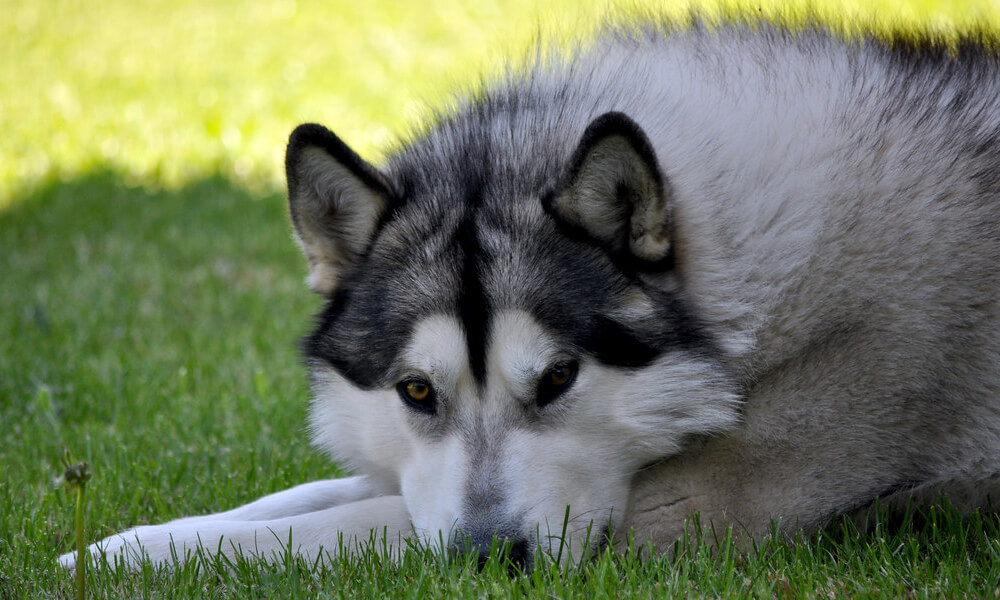
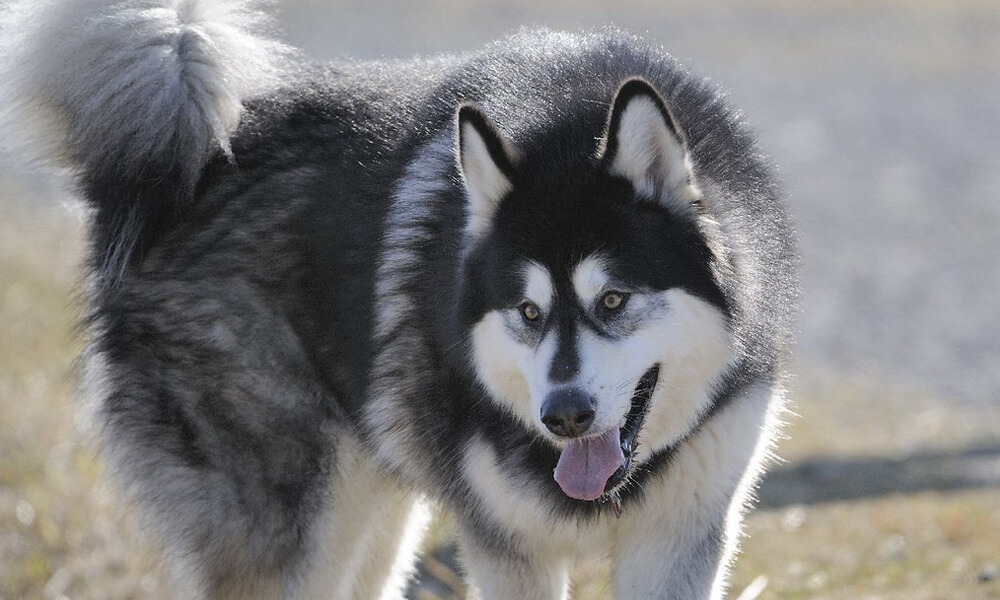
How to Take Care of Pet Alaskan Malamute?
Welcoming an Alaskan Malamute into your home means embracing the beauty and strength of this majestic breed. With their striking appearance and gentle nature, Alaskan Malamutes form deep bonds with their families. Prepare for a lifetime of adventure and companionship, but also be ready to provide them with the love, exercise, and care they need to thrive.
How to Set up Habitat for Pet Alaskan Malamute?
When setting up a habitat for an Alaskan Malamute, it's important to remember that these are working dogs that were originally bred to withstand harsh, cold conditions. They have a thick, double coat that helps to keep them warm in freezing temperatures, and they are known for their endurance and strength. Here are a few tips for setting up a suitable habitat for your pet Alaskan Malamute:
- Provide plenty of space: Alaskan Malamutes are large, energetic dogs that need plenty of space to run and play. If you don't have a yard, make sure to provide plenty of room for your dog to stretch their legs and get exercise inside your home.
- Keep them comfortable: As mentioned, Alaskan Malamutes are adapted to cold weather and have a thick, double coat to keep them warm. However, if you live in a warmer climate, it's important to provide your dog with a cool, comfortable place to rest. This could include a shaded area in your yard or a well-ventilated room inside your home.
- Provide plenty of toys and activities: Alaskan Malamutes are intelligent, energetic dogs that need plenty of mental and physical stimulation. Make sure to provide your dog with plenty of toys and activities to keep them occupied, such as puzzle toys, chew toys, and interactive games.
What to Feed Pet Alaskan Malamute?
When it comes to feeding your pet Alaskan Malamute, it's important to choose a high-quality, nutrient-rich diet that is specifically formulated for large breed dogs. Look for a food that contains plenty of protein, as well as essential vitamins and minerals to support your dog's overall health and well-being.
Some good options for feeding your Alaskan Malamute include:
- High-quality dry dog food: Look for a dry dog food that is made with real, whole ingredients and does not contain any fillers or by-products.
- Wet dog food: Wet dog food can be a good option for Alaskan Malamutes, as it is typically more palatable and may be easier for them to digest.
- Homemade meals: If you are comfortable preparing your own dog food, you can make homemade meals for your Alaskan Malamute using a combination of protein, vegetables, and grains. Just make sure to consult with a pet nutritionist to ensure that you are providing a balanced and complete diet.
What to Avoid Feeding Pet Alaskan Malamute?
In addition to choosing a high-quality, nutrient-rich diet for your Alaskan Malamute, it's also important to be aware of certain foods that can be harmful to your dog. Some things to avoid feeding your Alaskan Malamute include:
- Chocolate: Chocolate contains a compound called theobromine, which can be toxic to dogs if ingested in large amounts.
- Grapes and raisins: Grapes and raisins can cause kidney failure in dogs, even in small amounts.
- Onions and garlic: Both onions and garlic can cause anemia in dogs if ingested in large amounts, so it's best to avoid feeding them to your Alaskan Malamute.
- Xylitol: Xylitol is a sweetener that is commonly found in sugar-free gums and candies. It can cause a rapid insulin release in dogs, leading to hypoglycemia (low blood sugar).
Health Concerns of Pet Alaskan Malamutes
Like all breeds, Alaskan Malamutes are prone to certain health concerns. Some common health issues to be aware of include:
- Hip dysplasia: This is a common condition in large breed dogs where the hip joint does not form properly, causing pain and lameness.
- Elbow dysplasia: Alaskan Malamute are prone to elbow dysplasia more than any other dog breeds.
- Blood Clotting: Blood clotting and bleeding can be a serious health issue in Alaskan malamutes breed.
- Osteochondrosis dissecans (OCD): This is a condition that affects the growth plates in a dog's joints, causing pain and lameness.
- Eye problems: Alaskan Malamutes can be prone to certain eye problems, such as cataracts and progressive retinal atrophy (PRA).
- Thyroid issues: Alaskan Malamutes can sometimes develop thyroid issues, which can cause weight gain, hair loss, and other problems.
- Heart conditions: Alaskan Malamutes may be prone to certain heart conditions, such as cardiomyopathy and heart murmurs.
It's important to work closely with your veterinarian to monitor your Alaskan Malamute's health and address any issues that may arise.
Other Pets to Keep or Avoid with Alaskan Malamutes
Alaskan Malamutes are generally friendly and social dogs, and they may get along well with other pets in the household. However, it's important to consider the size and personality of any other pets you may have before introducing an Alaskan Malamute.
For example, smaller pets such as cats and small dogs may be at risk of being accidentally injured by an Alaskan Malamute's size and energy. If you do have small pets, it's important to closely supervise interactions and provide plenty of space for everyone to coexist peacefully.
On the other hand, Alaskan Malamutes may get along well with larger, more laid-back dogs and may enjoy playing and interacting with them. As always, it's important to introduce pets gradually and closely monitor their interactions to ensure that everyone gets along.
Facts About Alaskan Malamutes
Some interesting facts about Alaskan Malamutes are below:
- Alaskan Malamutes are one of the oldest dog breeds, with a history dating back thousands of years.
- They are named after the native Malemiut Inuit tribe, who lived in the Norton Sound region of Alaska.
- Alaskan Malamutes are known for their strength, endurance, and intelligence, and they were originally used as sled dogs by the Inuit people.
- Alaskan Malamutes are intelligent, loyal, and affectionate dogs and make great companions for people who are willing to provide them with plenty of exercise and mental stimulation.
- It’s very difficult to raise Alaskan Malamutes in a warmer climate country.
Frequently Asked Questions About Alaskan Malamutes
Here are some of the generally asked questions are answered below:
Are Alaskan Malamutes good with kids?
Yes, Alaskan Malamutes can be good with kids if they are raised with them and are properly socialized. However, it's important to remember that they are large, energetic dogs and may accidentally knock over small children while playing. It's always a good idea to closely supervise interactions between kids and dogs to ensure everyone's safety.
Are Alaskan Malamutes easy to train?
Alaskan Malamutes can be stubborn and independent at times, so they may not always be the easiest breed to train. However, they are intelligent and respond well to positive reinforcement and consistent training. It's important to start training and socialization early to ensure that your Alaskan Malamute grows up to be well-behaved and well-adjusted.
Do Alaskan Malamutes shed a lot?
Yes, Alaskan Malamutes do shed a lot, especially during the spring and fall when they are shedding their thick, double coat. It's important to brush your Alaskan Malamute regularly to help control shedding, and you may want to invest in a good vacuum cleaner to help keep your home free of pet hair.
Do Alaskan Malamutes require a lot of exercise?
Yes, Alaskan Malamutes are large, energetic dogs that require a lot of exercise to stay happy and healthy. They need at least an hour of exercise per day, and they enjoy activities such as running, hiking, weight pulling, and playing fetch. It's important to provide your Alaskan Malamute with plenty of opportunities to exercise and play to keep them happy and healthy.

